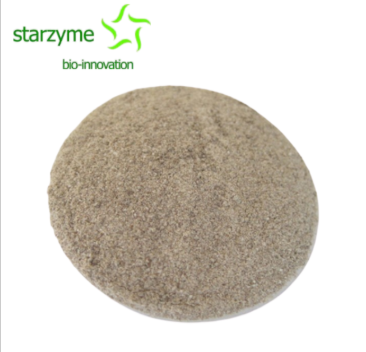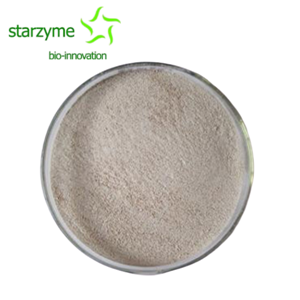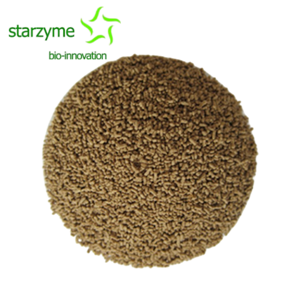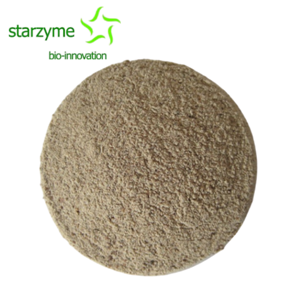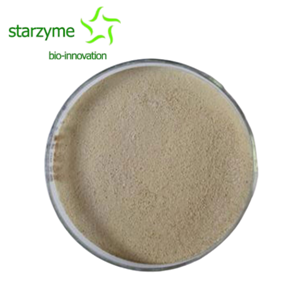Precautions and Guidelines for using Phytase as a Feed Additive
Phytase is an extracellular enzyme widely present in nature, found in animals, plants, and microorganisms. It has been discovered in plant tissues such as grains, legumes, and vegetables, especially in germinating seeds and pollen. In addition, there is a wide variety of microorganisms producing phytase in nature, such as bacteria, molds, and fungi.
Precautions for using Phytase as a Feed Additive
Regarding Phytic acid and monogastric animals
Phytic acid is harmful to monogastric animals such as pigs, chickens, turkeys, quails, fish, etc., mainly manifested in three aspects. Firstly, Phytic acid significantly reduces the availability of phosphorus and other trace elements such as calcium, zinc, magnesium, copper, molybdenum, and iodine. Secondly, Phytic acid will bind with proteins, starch, and other substances to form insoluble complexes, thereby reducing the digestibility of feed. Finally, Phytic acid also binds to digestive enzymes in animals, further reducing digestion rate. Therefore, Phytic acid is classified as a harmful factor. Due to the fact that Phytic acid can only be hydrolyzed by specific Phytase enzymes, which are lacking in the digestive tract of monogastric animals. Therefore, the ingested Phytic acid cannot be hydrolyzed, and Phytic acid phosphorus is excreted with feces and cannot be effectively utilized.
Phytic acid can reduce nutrient utilization efficiency, and monogastric animals cannot effectively utilize Phytase phosphorus due to a lack of Phytase.
Guidelines for using Phytase as a Feed Additive
Phytase plays an important role in reducing feed production costs. Firstly, Phytic acid can quantitatively replace expensive inorganic phosphorus feed, such as calcium hydrogen phosphate or bone meal. Secondly, Phytase can improve the digestibility of various nutrients in feed and increase the amount of available nutrients. In addition, as Phytase is an efficient catalyst, it only needs to be added in small amounts to replace a large amount of inorganic phosphorus feed, providing more space for feed formulation design and further reducing costs. The quality indicators of commercial Phytase are crucial, mainly including content, bioavailability, processing performance (such as specific gravity, flowability, particle size), storage stability, and processing stability. These indicators collectively determine the efficacy and economic benefits of Phytase.
When using Phytase in summer, it is important to maintain its activity. Due to the potential decrease in Phytasee activity caused by high temperatures, it is necessary to ensure appropriate temperature during storage and processing. In addition, attention should be paid to compatibility with other feed ingredients and mixing uniformity to ensure that Phytase can fully exert its effectiveness.

